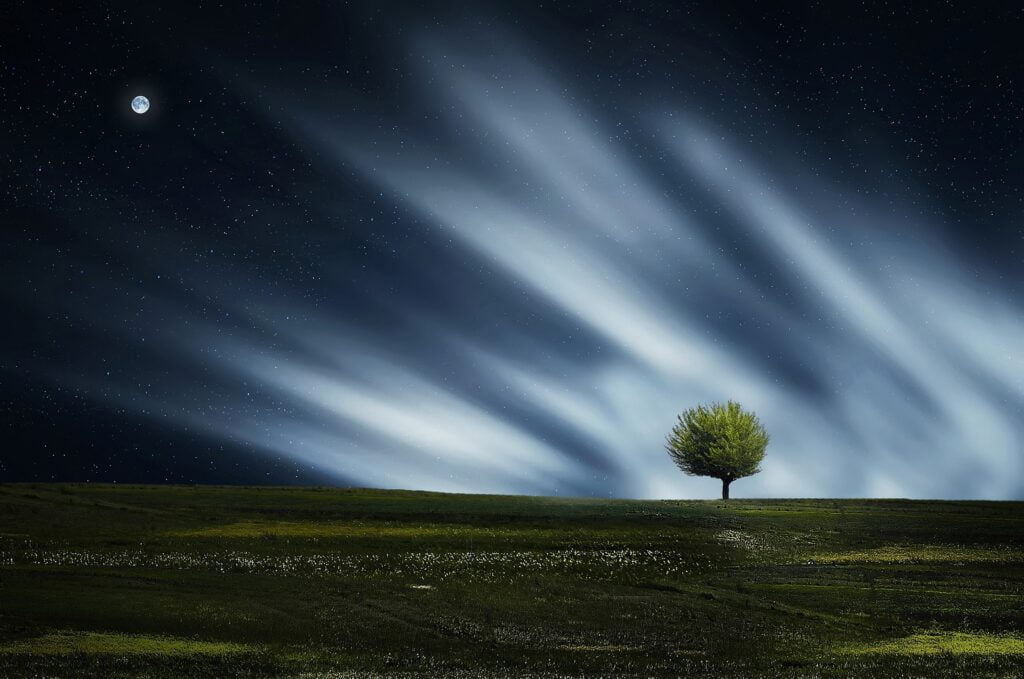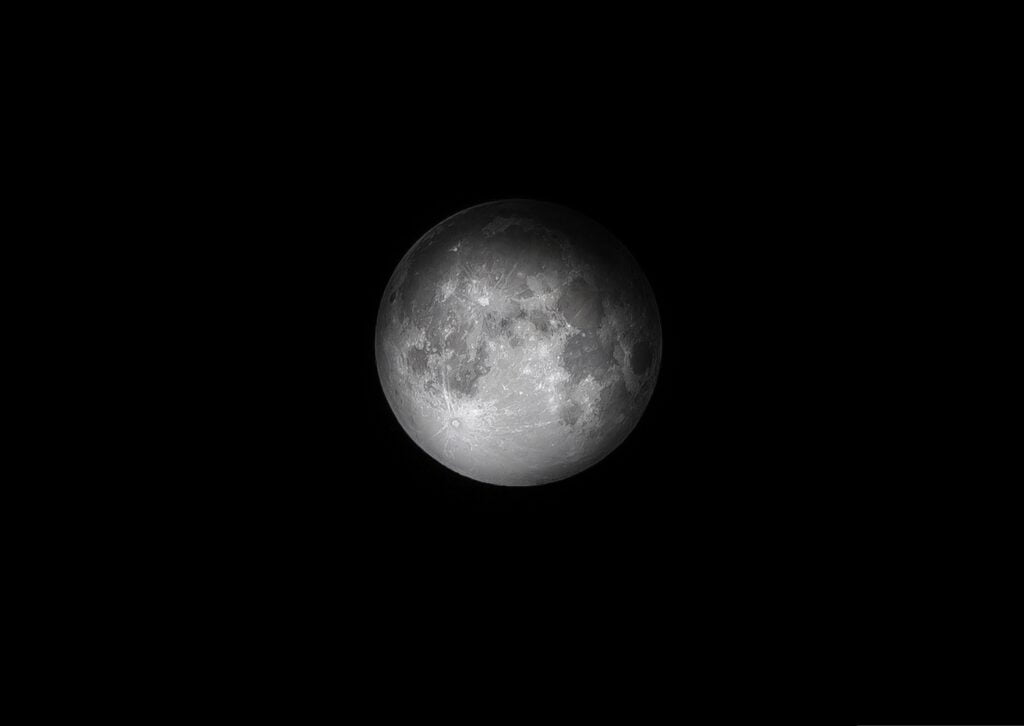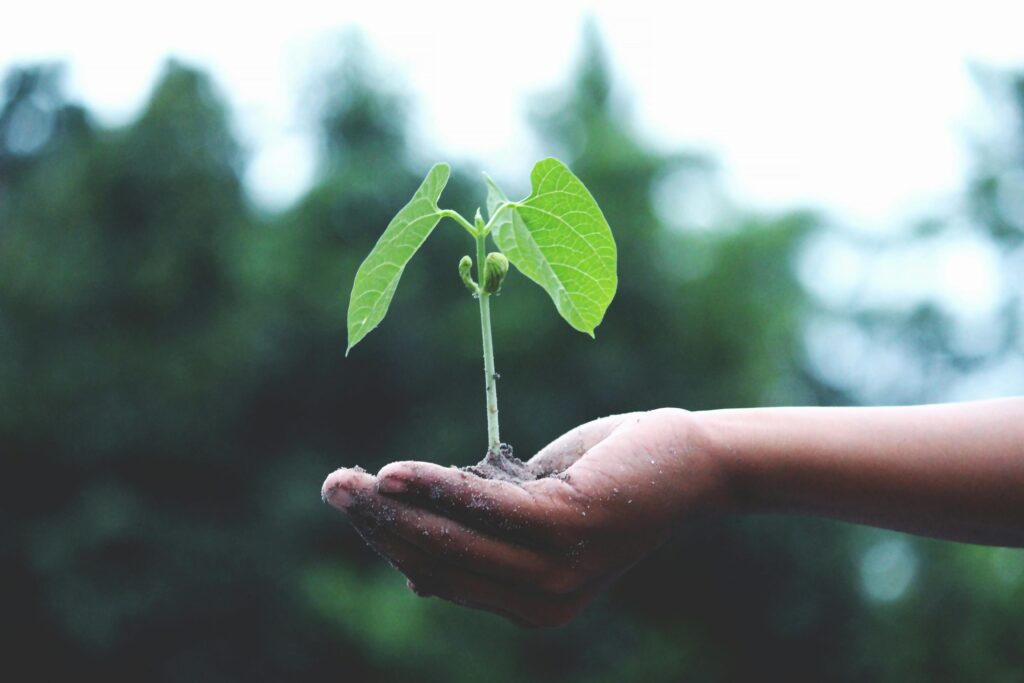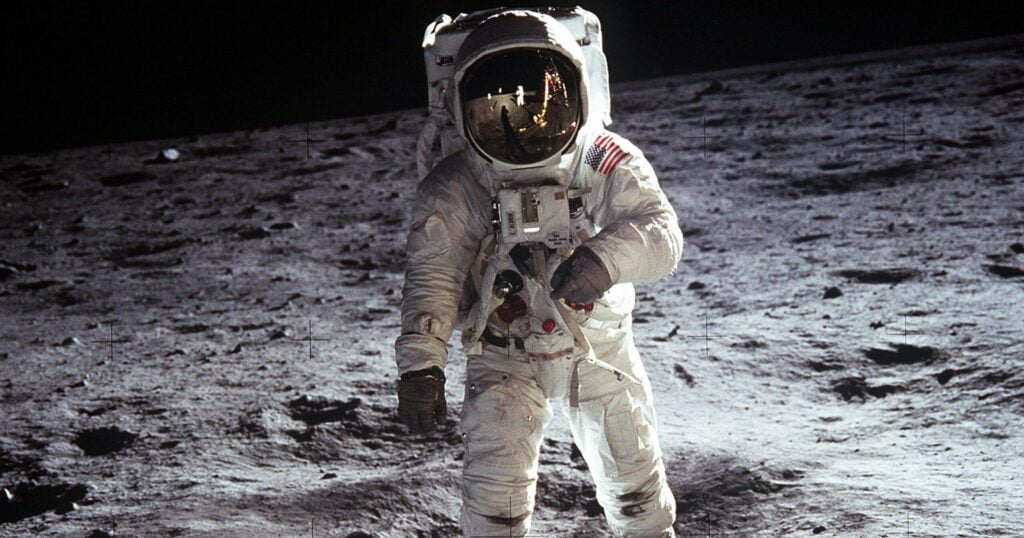What is the First Plant Grown on the Moon

Any new space mission is a major advance for mankind in the grand scheme of things. The cultivation of plants on alien bodies is one of the many achievements of human invention and a sign of hope for permanent space settlement. The successful cultivation of the first plant on the Moon was an astonishing achievement that marked the beginning of a new era in human cosmic exploration. This article explores the interesting background of this historical event, as well as its implications for future space travel and colonization.
The Historic Seed:
In January 2019, a cotton seed planted on China’s Chang’e 4 mission became the first plant to germinate on the Moon. This humble seed, hidden in a small container on the lander, was a favorite of space lovers and scientists. Its successful germination was a key moment in the proof of concept of plant growth on the Moon.
The Lunar Micro-Ecosystem:
Many obstacles had to be overcome to make the Moon a favorable place for plant life. Creating an atmosphere similar to Earth was no easy task, given the lack of atmosphere and wildly fluctuating temperatures. But inside the container, the scientists created a miniature ecosystem that controlled the seedling’s environment in terms of light, humidity and temperature.
Many obstacles had to be overcome to make the Moon a favorable place for plant life. Creating an atmosphere similar to Earth was no easy task, given the lack of atmosphere and wildly fluctuating temperatures. But inside the container, the scientists created a miniature ecosystem that controlled the seedling’s environment in terms of light, humidity and temperature.
Within the constraints of the lunar lander, lunar micro-ecosystems skillfully integrated biology and technology to recreate Earth’s nourishing environment. To protect the seedlings from dangerously cold and hot moons, temperature control devices kept the environment constant. Through careful monitoring and adjustment of moisture levels, proper hydration of the roots was achieved without submerging them. The plant was provided with the necessary energy by simulating light using specially engineered LED arrays. Light is an important component of photosynthesis.
This tiny ecosystem not only kept cotton plants alive, but it also taught us how space life support systems can work. A major step towards self-sustaining space colonies has been achieved when scientists have mastered the intricacies of lunar agriculture, allowing future missions to grow crops beyond the confines of Earth.
Significance for Future Space Exploration:

Growing plants on the Moon could pave the way for many exciting new opportunities in space exploration. In addition to the symbolic importance of this accomplishment, there are also real-world consequences to keeping humans alive in space. In addition to producing oxygen through photosynthesis, plants can also be a good source of food for long-duration missions. We are getting closer to our goal of creating self-sustaining colonies beyond Earth using space agriculture.
Challenges and Future Prospects:
Although growing cotton seeds on the Moon is an incredible accomplishment, there are still many hurdles to overcome. Overcoming the limitations of space agriculture is necessary to scale up plant cultivation to support human settlements. Scientists are constantly looking for ways to make food production in space more sustainable, whether it’s improving growing conditions or creating agricultural systems that use less space.
Although growing plants on the Moon is a big step, it also highlights many obstacles and opportunities for space travel and settlement.
Table of Contents
Challenges:

- Resource Limitations: There are limits to the amount of water, nutrients, and energy that can be used in space missions. Creative ways are needed to overcome these limitations and scale up plant agriculture to support human colonies.
- Microgravity Effects: Microgravity is different from Earth’s gravity when it comes to plant growth. The future of sustainable agriculture beyond Earth depends on our ability to understand how to maximize plant growth in space conditions.
- Space Radiation: Both plants and humans growing in space are at risk from cosmic radiation. Achieving sustainable human settlement in space will require the development of radiation-resistant plant species and efficient shielding technologies.
- Space-efficient Farming: Lunar habitats and spacecraft give immense importance to space. Maximizing crop yields in restricted space requires the development of space-efficient agricultural techniques such as hydroponics or vertical farming.
Future Prospects:
- Sustainable Food Production: Space crop production holds great potential for long-duration space trips and future space settlements to provide a steady supply of food. Apart from being a source of food, plants play an important role in regenerating air and water through photosynthesis.
- Bio-regenerative Life Support Systems: By integrating plants into life-sustaining systems, it is possible to establish closed-loop ecosystems in which plants convert carbon dioxide into oxygen and clean water that humans can drink.
- Psychological Benefits: Growing plants in space could help astronauts cope with the psychological effects of being away from Earth, bringing them closer to nature and making them feel at home in an otherwise alien setting.
- Biological Research: Research on plant growth in microgravity can teach us much about basic biological mechanisms and the ways in which life adjusts to harsh conditions.
Despite the obstacles, the successful cultivation of plants on the Moon is a major milestone in humanity’s journey to explore and, hopefully, colonize other planets. With each passing day of research and technological advancements we are getting closer to the goal of permanent space colonization and broadening the boundaries of human civilization beyond Earth.
Conclusion:
An enduring symbol of the human spirit is the first plant grown on the Moon. An inspiration for future space colonization efforts and a testament to the genius of scientific discovery, it stands as a symbol of optimism. We should not overlook the fact that even the smallest seedling has the potential to grow into a beautiful ecosystem, connecting our planet to the universe beyond.
